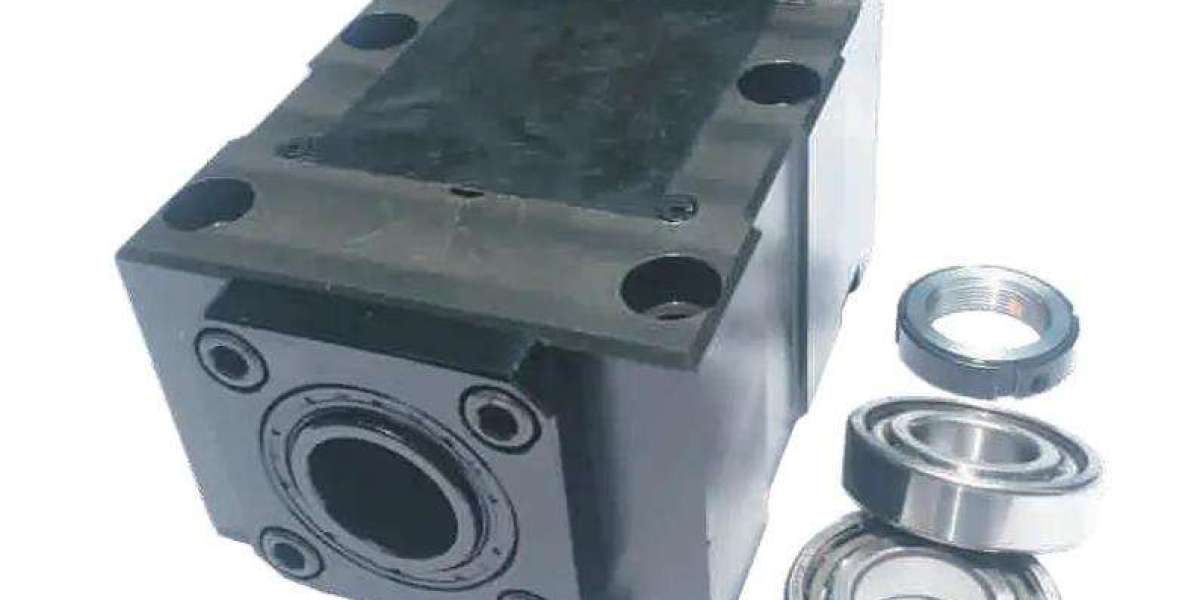In the world of motion control systems, the choice between Ball Screw and Linear Belt Drive can significantly impact the performance and efficiency of various applications. Both mechanisms have their unique strengths and weaknesses, making it crucial for engineers and designers to make informed decisions when selecting the most suitable solution.
Ball Screws
Ball screws are a popular choice for applications that require high precision and reliability. These systems consist of a threaded shaft and a nut containing ball bearings. As the shaft rotates, the ball bearings move along the helical groove, translating rotary motion into linear motion. Ball screws are known for their high efficiency and low backlash, making them ideal for demanding applications in industries such as aerospace, automotive, and robotics.
One of the key advantages of ball screws is their precision. They offer exceptional accuracy, which is critical in applications like CNC machining and 3D printing. Additionally, ball screws are highly efficient, as they can convert a significant portion of input torque into linear motion. This efficiency results in lower power consumption and reduced heat generation.
However, ball screws also have some limitations. They are more expensive than linear belt drives, and their design can be complex. Maintenance requirements are often higher due to the need for lubrication, and they may not be the best choice for applications with high-speed and high-load demands.
Linear Belt Drives
Linear belt drives, on the other hand, offer an alternative solution for various applications. These systems consist of a belt, pulleys, and a tensioning mechanism. As the pulleys rotate, the belt moves along its path, transferring motion to the load. Linear belt drives are known for their simplicity, cost-effectiveness, and ability to cover long distances.
The primary advantage of linear belt drives is their cost-efficiency. They are more affordable than ball screws and require less maintenance, as they do not rely on lubrication. Moreover, linear belt drives can achieve high speeds and are well-suited for applications where speed and acceleration are essential, such as in the packaging and material handling industries.
However, linear belt drives are not as precise as ball screws. They have more significant backlash, limiting their suitability for applications that demand high precision. Additionally, they are less efficient, as some input power is lost due to the bending and stretching of the belt.
Choosing the Right Solution
The choice between ball screws and linear belt drives depends on the specific requirements of the application. Engineers and designers must carefully consider factors such as precision, speed, load capacity, and budget constraints. In some cases, a hybrid solution, combining the strengths of both mechanisms, may be the most suitable choice.
In conclusion, ball screws and linear belt drives are essential components in the world of motion control. Each has its unique advantages and limitations, making it vital to assess the specific needs of the application when making a selection. By understanding the strengths and weaknesses of each system, engineers can make informed decisions to ensure optimal performance and efficiency in their designs.







